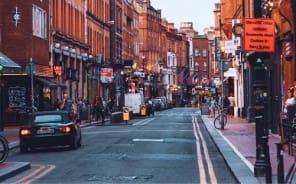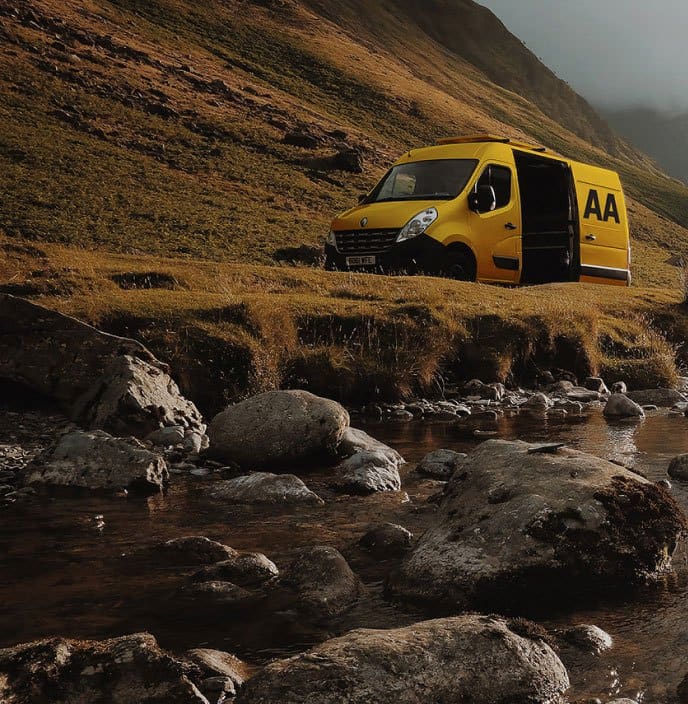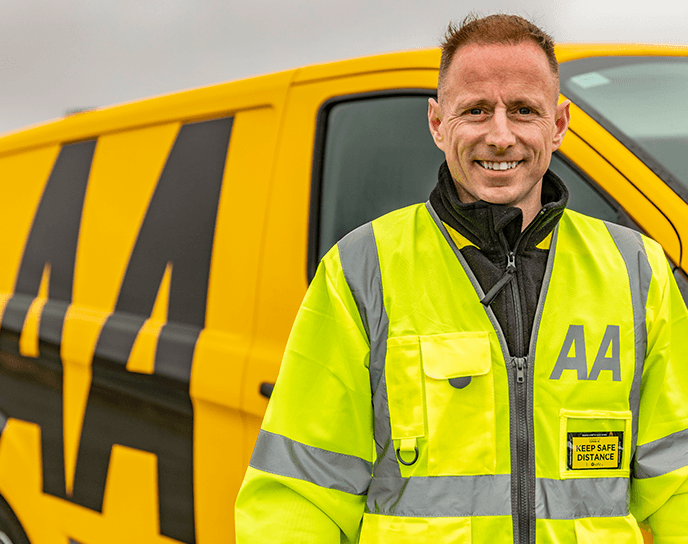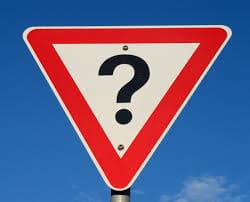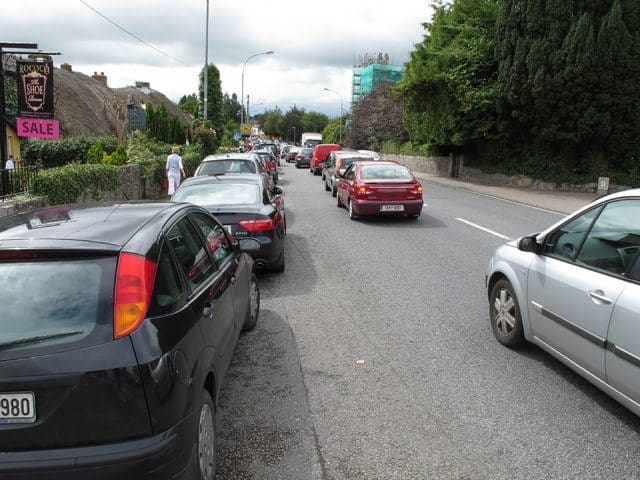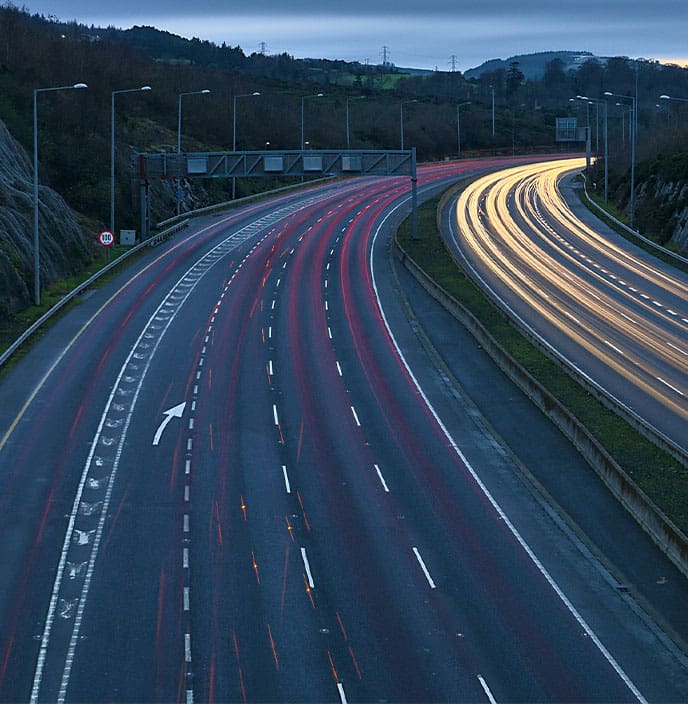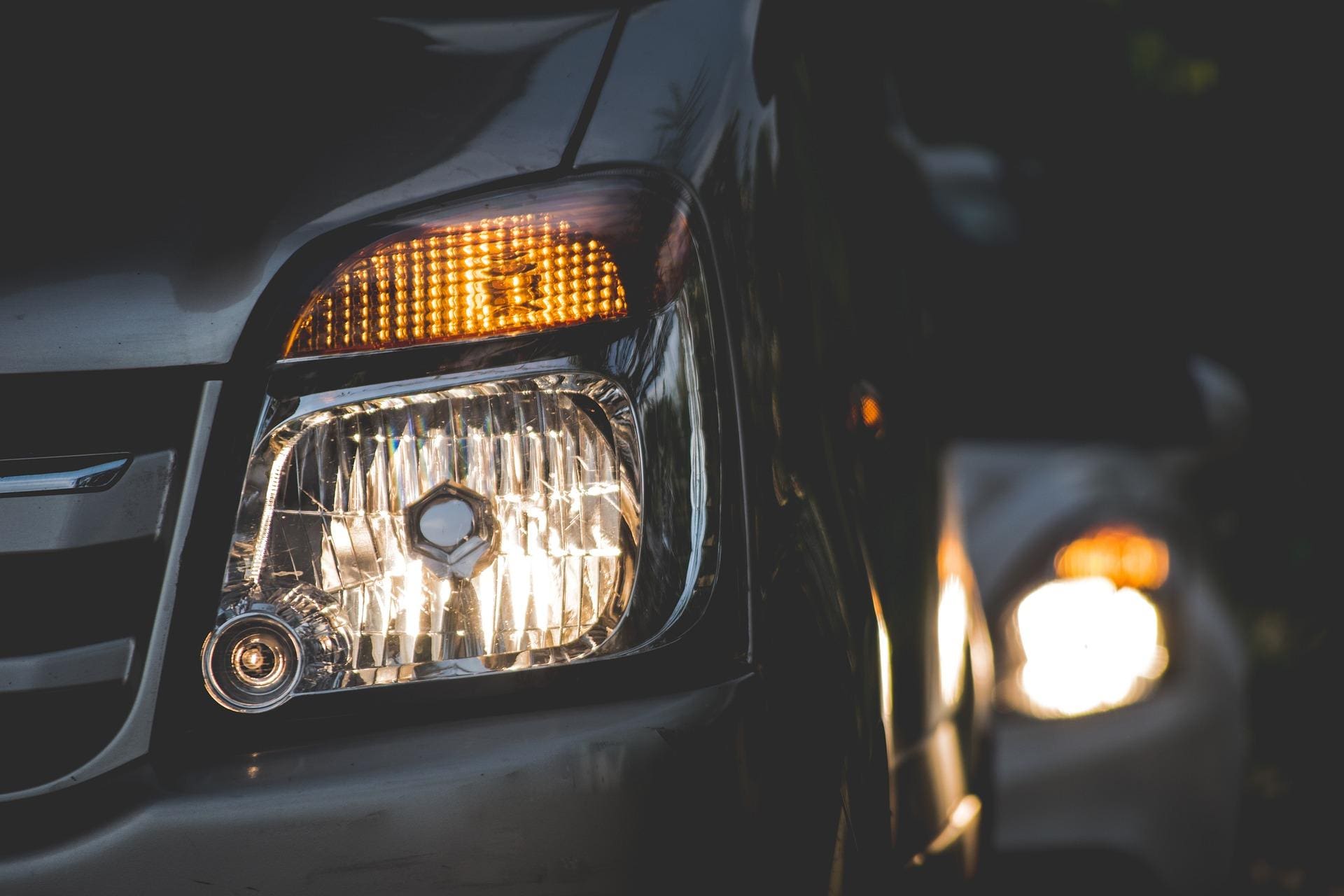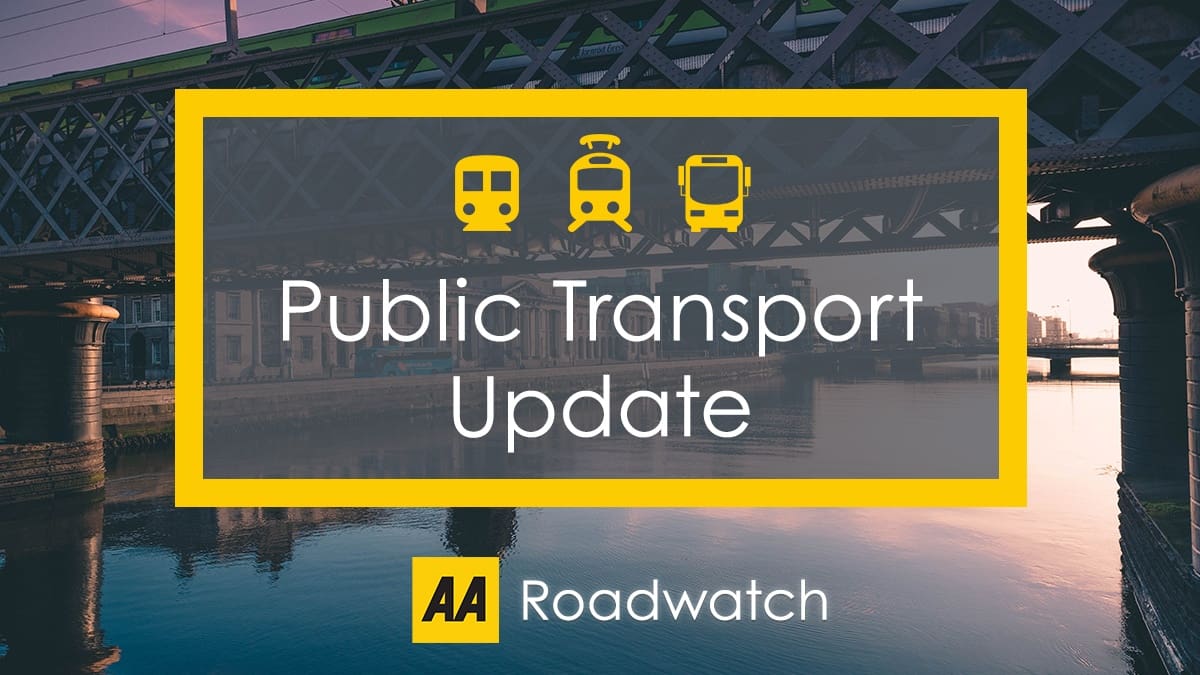Image: Colin Kinner (CC BY 2.0 via Wikimedia)
Esther O’Moore Donohoe explains some of the more unusual terms used in our traffic reports…
In AA Roadwatch, we’ve devoted years of our lives to gaining The Knowledge. The Knowledge includes motorway junction numbers (J16 on the M50? Cherrywood of course). We are also able to recite a list of county towns at the drop of a hat plus understand a variety of traffic and travel related phrases which we use in our reports. Sometimes you let us know on social media that these terms can confuse people, so we’ve decided to share some of The Knowledge with you. After reading this blog post, you’ll be able to enjoy our traffic reports even more.
Here are some of the most commonly used head-scratchers:
-
Metering traffic
This is most often used in reports when referring to the Port Tunnel in Dublin. When you hear us say ‘traffic is being metered’ on the radio, it means that traffic is being held back from proceeding. Traffic cannot be allowed to build up within a tunnel as it is unsafe to do so. Vehicles must be able to pass through freely. If, however, there is very heavy traffic either side of the tunnel, this is not possible. Therefore, until the congestion eases, vehicles are prevented from travelling onward. Metering is the controlled release of traffic, so the bore is temporarily closed and then vehicles are let through in batches.
-
Lanes – a brief expLANEation
Let’s take a moment to expLANE everything you wanted to know about lanes but were afraid to ask. When driving on a motorway, the lane nearest the hard shoulder – the left lane – is Lane 1. It is also known as the inside lane. If you’re on a two-lane road, the right lane – the lane nearest to the centre of the road – is Lane 2 or the outside lane. However if you’re on a three-lane motorway, Lane 2 will be the middle lane, and Lane 3 is the outside lane.
You will notice I have not used ‘fast lane’ in my expLANEation (I won’t do it again, I promise). That is because there is no such thing as a ‘fast lane’. Here comes the science part. According to the Road Safety Authority, motorists should stay in lane 1 unless overtaking. On a two-lane motorway, you should only use the right lane (Lane 2) for overtaking and move back to the left lane (Lane 1) once you have finished overtaking and it is safe to do so. It is also permitted to move into the right lane to allow vehicles coming from your left to join the motorway. If driving on a 3 lane motorway, only stay in this centre lane while there is slower moving traffic in the left lane. As for lane 3, drivers should only use this lane if traffic in lanes 1 and 2 is ‘moving in queues and you need to overtake or make room for merging traffic’. Motorists should move back to lane 1 as soon as it is safe to do so.
Now I’m going to throw in another lane for you, the auxiliary lane. This will be my final expLANEation on this subject. It is an extra lane on the left on some motorway stretches, that usually links the on-ramp with the next off-ramp or exit. We have more on how to use a motorway properly here.

Photo adapted from original by David Anstiss
-
Bridge Strike
A bridge strike is when a vehicle hits a bridge where the railway passes over a road or the road crosses the railway.
-
Jack-knifed
This is most commonly used in reports to describe incidents involving trucks i.e. ‘a jack-knifed truck is blocking the road’. If you thought ‘Oh dear. That will affect the distribution of the jack-knives that truck is transporting’, you are incorrect, unfortunately. What it is referring to is what can happen to any vehicle with a towing trailer. Jack-knifing occurs when the drive wheels of a vehicle lose grip with the road. The attached trailer spins around the vehicle and in doing so, resembles a jack-knife.
-
County Bounds
You may have heard us use this phrase in relation to roadworks and it puzzles some people. If we report roadworks taking place on a road at the county bounds, it means they are located on or near the border of two counties. For example: Emergency works will take place on the N81 south of the Dublin/Wicklow county bounds at Brittas, 10am to midday.
-
Rolling roadworks
These are roadworks that take place along a stretch of road at various points as needed. The works do not remain static. As sections are complete, the contractors move further along. Here is an example: Rolling works are in place on the M1 northbound between J12 Dunleer and J18 Carlingford, affecting the right lane between 8:30am and 3pm today (16th) and tomorrow (17th). This means that the works will take place at various locations between J12 and J18, as they are completed, during the times stated.
-
Stopping distance/braking distance
You’ll often hear us say “increase your braking distance” when road conditions are very wet or icy. This means keeping further back from the vehicle in front to give yourself more room to stop if you need to. There are several factors that affect this, which are outlined in our previous blog here.
So now you know. Hopefully our reports will be demystified and you can drop this new knowledge into future conversations.
Safe travels!

